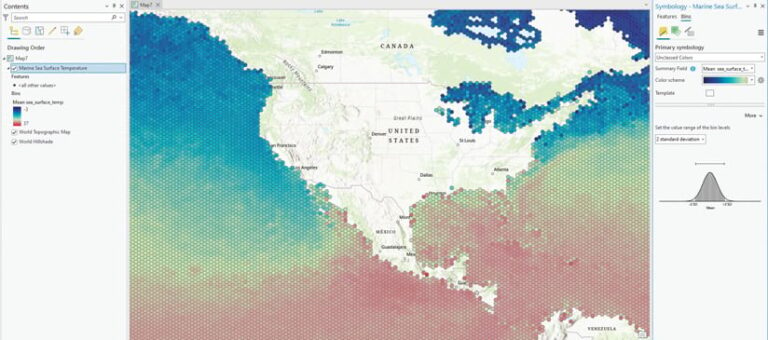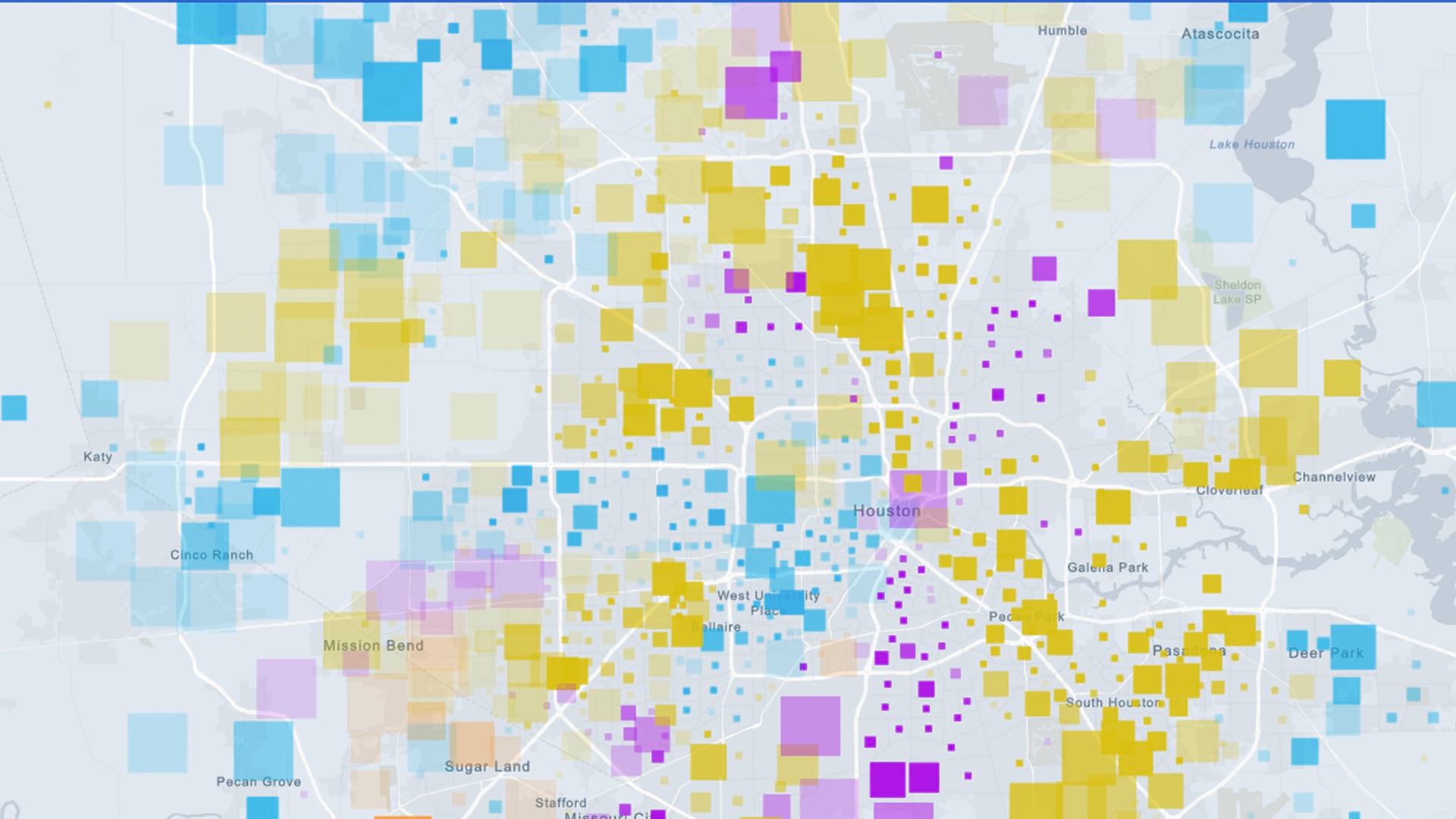ArcGIS Enterprise, Esri’s industry-leading mapping and analytics software, works within an organization’s infrastructure and in the cloud. It is adaptable and integrates with existing business systems, providing unparalleled security and reliability.
Part of the flexibility that ArcGIS Enterprise offers is that administrators have control over their organization’s system and can make changes and perform upgrades on their own terms. That being said, now is the time to upgrade to ArcGIS Enterprise 10.9.1.

This long-term support release is the last release of ArcGIS Enterprise that will support the publishing and consumption of services from ArcMap. The release contains migration tooling to help users prepare for this and other changes that will come later this summer with the release of ArcGIS Enterprise 11.0.
ArcGIS Enterprise 10.9.1 is full of enhancements and new functionality across many areas. Read on to find out more about why upgrading to this release now is of value.
Start Migrating Map Services to ArcGIS Pro
All users who have ever published services from ArcMap need to start migrating those services to the ArcGIS Pro service runtime. ArcGIS Enterprise 10.9.1 is the last release that will include both the ArcMap and ArcGIS Pro service runtimes. It has specific migration tooling that users can employ to migrate compatible services from the ArcMap service runtime to the ArcGIS Pro service runtime.
ArcGIS Enterprise 10.9.1 is the last release that will include the classic Esri Story Maps templates, ArcGIS Dashboards Classic, and Presentation for Map Viewer Classic. It is also the last release to contain Microsoft .NET Framework support for .NET-based server object extensions (SOEs) and server object interceptors (SOIs), as future support will be based on .NET 6. So it is important to upgrade to ArcGIS Enterprise 10.9.1 to get help with these transitions.
Some services, like geoprocessing and geo-coding services, will still have to be migrated manually, meaning they will need to be republished from ArcGIS Pro. To learn how to do this and how these changes will affect an ArcGIS Enterprise organization, check out Esri’s recent technical paper on this.

Easier Access to Upgrades That Expedite Work
Users will appreciate that in ArcGIS Enterprise 10.9.1, it is easier to visualize big datasets because they can now consume data from cloud data warehouses. This means that upgrading and maintaining the software takes less time than it did before because of faster-running installer and patching technology.
ArcGIS Enterprise 10.9.1 also includes upgrades to Map Viewer that are available by default, so they don’t require separate installations or additional configuration. These include the ability to apply certain effects to layers in a map—such as the invert effect, which reverses all the colors in a basemap, and the bloom effect, which makes specific colors stand out.
A New, Cloud-Native Deployment Option
ArcGIS Enterprise on Kubernetes is Esri’s new cloud-native deployment option for ArcGIS Enterprise that’s optimized for scalability and resilience. It is orchestrated using Kubernetes, an open-source system for automating the deployment and management of containerized apps across various hosts. ArcGIS Enterprise on Kubernetes is offered in addition to the current ArcGIS Enterprise deployment methods of Windows and Linux.
The new autoscaling capabilities for ArcGIS Enterprise on Kubernetes, which will come out in the next release, are incredibly powerful. They allow administrators to configure and deploy production systems that respond to unexpected performance demands with minimal intervention and overhead. For IT administrators—who often need to maintain complex systems and ensure that they run smoothly—autoscaling can help monitor their systems and scale resources when needed.

